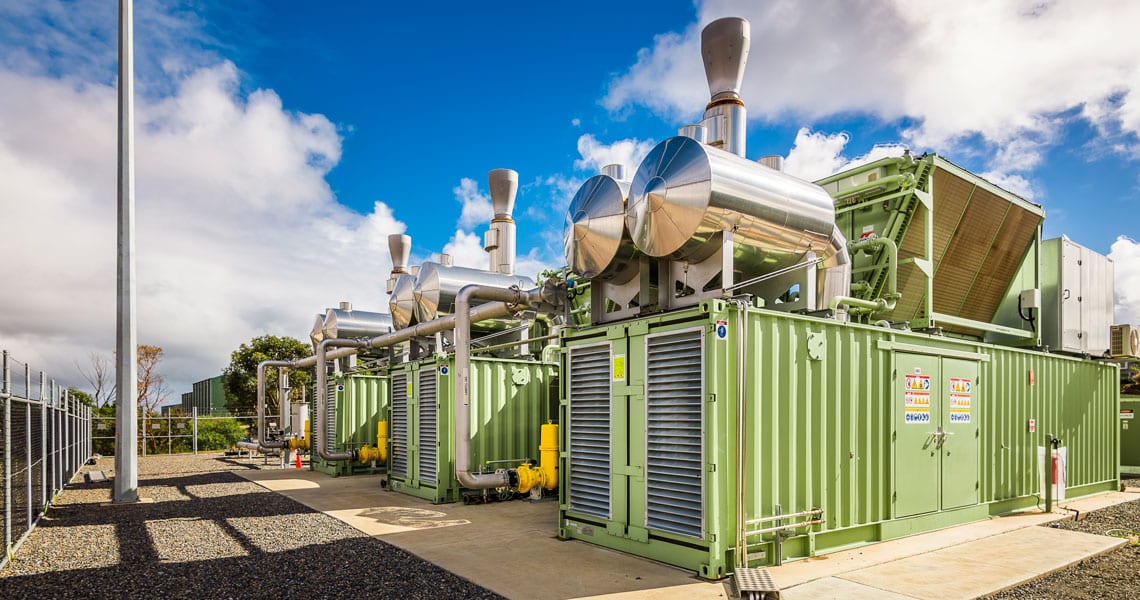Heat Exchangers Help Turn Landfill Biogas to Energy
Emissions of biogas from landfill can be a significant source of greenhouse gas (GHG) emissions. However, they can also be captured and utilised for renewable energy generation.
The Client
LMS Energy (LMS) is Australia’s largest and most experienced landfill biogas company. It operates 60 biogas sites, generating more than 550,000 MW of baseload power each year and abating over 4 million tonnes of CO2, making the company Australia’s largest emissions reducer.
The company captures potentially harmful methane gas which is generated in landfill as the contents decompose and burns it in generators to produce electricity. To enable the gas to be burned, the water content has to be reduced from fully saturated 100% relative humidity to around 80%. In the past LMS built its own generation modules which included on-board gas treatment, including dehumidification.

The Challenge
In 2018 the company switched to using containerised generator sets from Jenbacher, and these lacked the space for on-board gas conditioning. This meant the company need a new method to dehumidify biogas. “The solution was to create a gas delivery skid containing an on-board blower, heat exchanger (to condense the water), and condensate removal vessel,” explains Michael Lee, senior mechanical engineer at LMS .
Having read an article by HRS and done some more research, LMS approached HRS Heat Exchangers to quote for the supply of identical biogas moisture removal (dehumidifier) units.
The Solution
The engineering team at HRS realised that the K Series of stainless-steel shell and tube heat exchangers was ideal for the purpose, and that HRS’s corrugated tube technology would increase heat transfer and efficiency over standard smooth tube designs. During the lengthy design and approval process, HRS undertook a number of design revisions to achieve an optimum bespoke design that met the strict dimension and footprint limitations, while maintaining velocities and heat transfer coefficients which were actually higher than those specified.
The first two units were installed and commissioned and quickly proved their performance and reliability. Following the success of these units, HRS has supplied a further ten K Series heat exchangers to LMS , with the most recently currently being incorporated into a gas delivery skid for on-site installation later this year.
“As well as making the biogas suitable for the generator set, reducing humidity also helps prolong engine maintenance and component life, extends oil change schedules and generally helps with operations,” continues Michael. “We’ve found HRS to be really easy to deal with and communication has always been very professional. Their drawings have been very high quality and we have never had any issues with installing the heat exchangers into the gas delivery skids.”